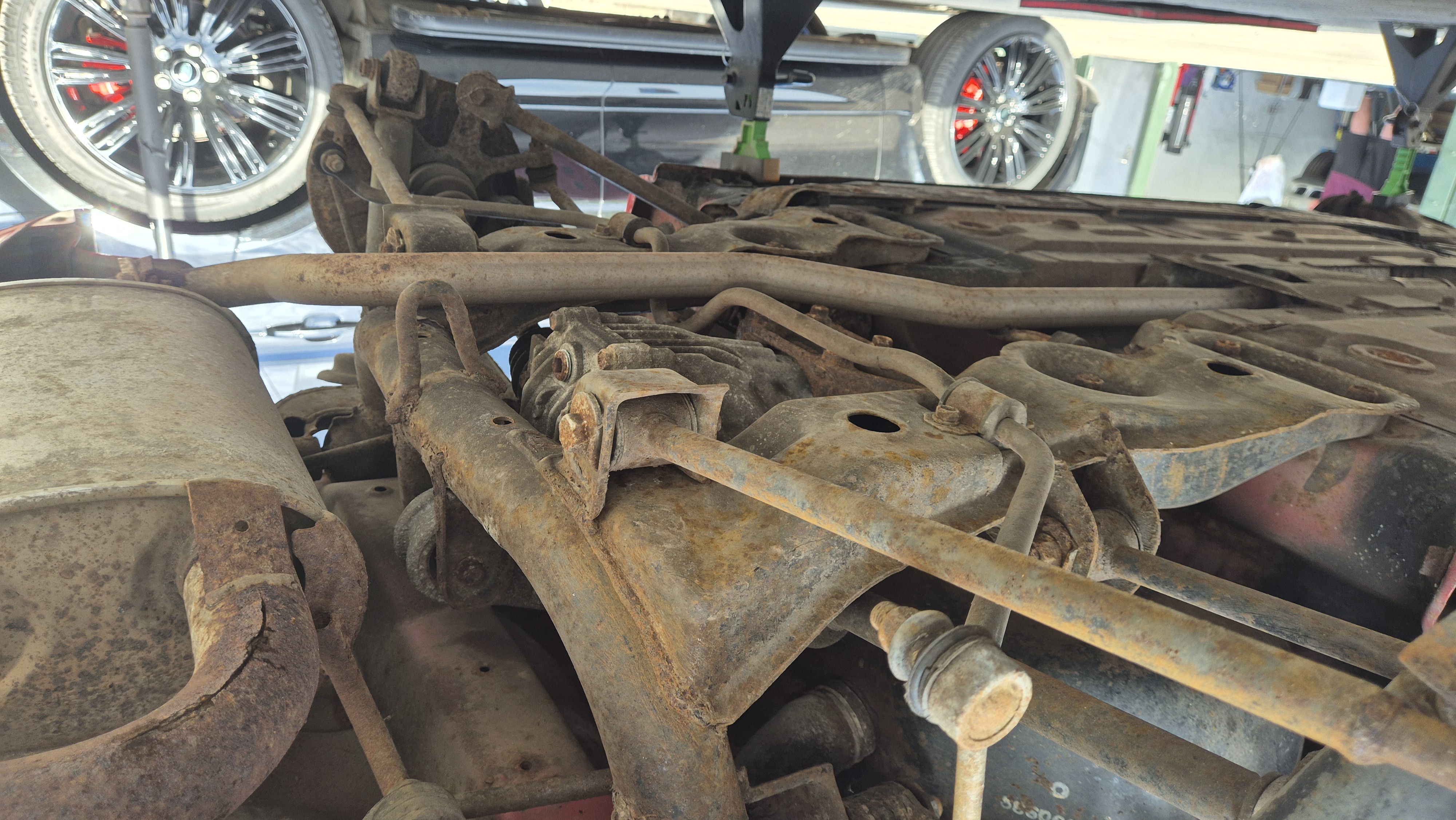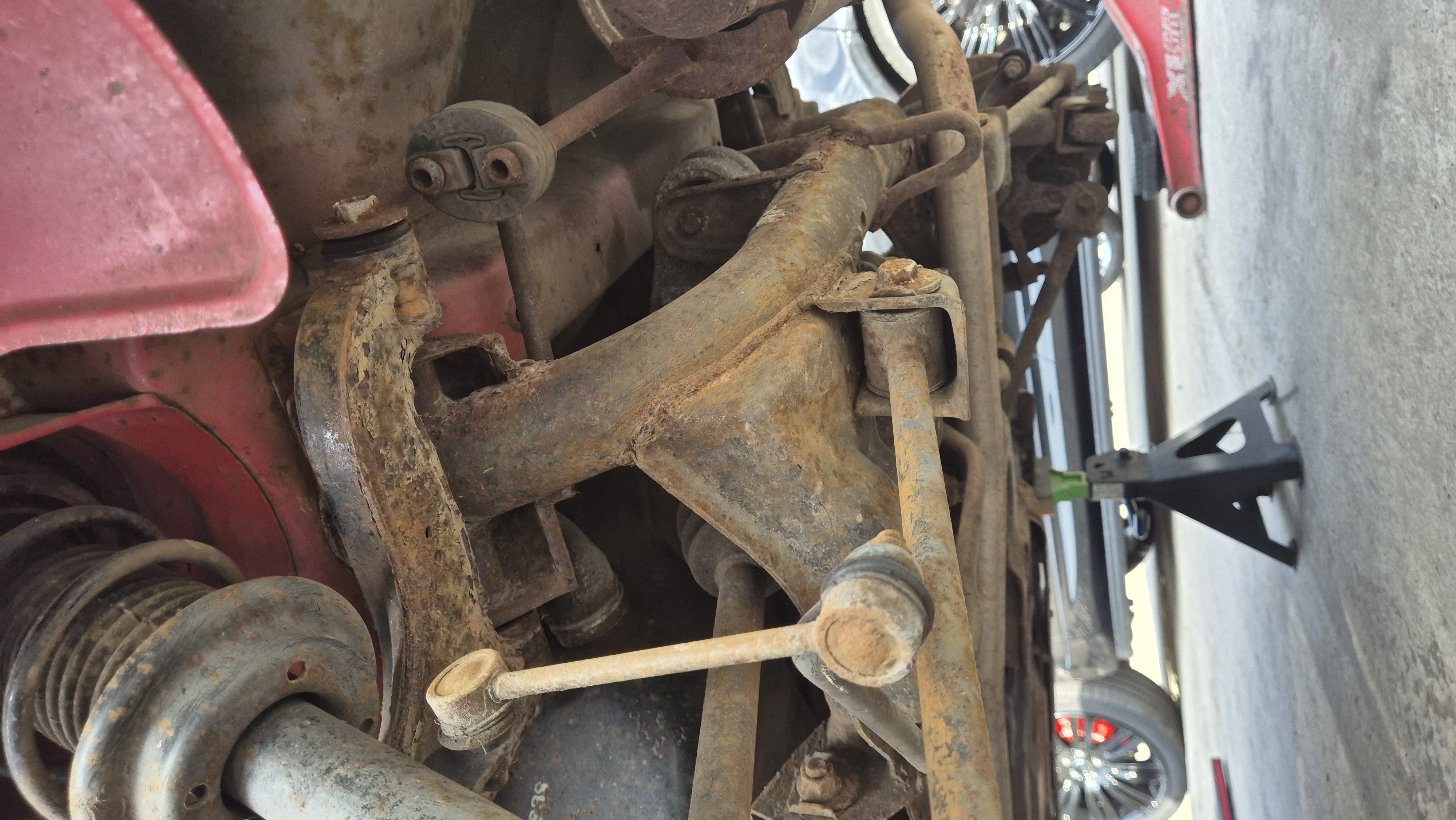









Written by Jay Bridges - A Professional Detailer and Vehicle Protection Specialist with over a decade of experience.
In Short - YES - It absolutely does offer great protection for your vehicle.
If you drive through British winters, road salt and moisture will attack your chassis and suspension. Lanoguard is a lanolin-based underbody treatment that promises quick DIY application, year-long protection, and jet-wash resistance. We break down what it is, how it works, where it shines, where it falls short, and when a professional detailer should step in.

Lanoguard is a UK-made rust and corrosion protection system derived from lanolin. It is marketed as a clear, hydrophobic barrier that clings to metal, resists high-pressure washing, and can be applied at home with minimal prep. Kits include a spray product, grease, and optional injector wands for sills and box sections.
That being said, we recommend a full clean, degrease and dry prior to application for the best results - That's the services we carry out.
The lanolin base creeps over metal and seals seams and fixtures against salt and moisture. According to Lanoguard, the cured coating remains flexible, is non-conductive, and can be applied over light surface rust, providing a transparent finish that allows visual inspection.
We find that is correct in our application, although it does have a darkening affect which can be visually appealing, it doesn't "mask" what's underneath fully.
Lanoguards Technical Data Sheet can be found here

While we work closely with Lanoguard, we also recommend alternative solutions where necessary to ensure the best end-result for you.
We see Lanoguard as one excellent tool in the box. For many daily drivers, a well-prepped Lanoguard application before winter is a sensible, budget-friendly layer of defence.
For classics, restorations, or vehicles with established rust, we recommend a prep-first approach and, where appropriate, a harder-curing underbody wax in high-spray zones, with Lanoguard used selectively on components that benefit from a flexible, clear finish.
Regardless of product, the results come from the prep. Our underbody protection service typically includes:
Expect to inspect after winter. If you drive through heavily salted roads daily, plan for top-ups on the leading edges of arms, brackets, and areas directly in the wheel spray path. This is true for all lanolin coatings and, to a lesser extent, for some wax systems.
It can be applied over light surface rust and forms a barrier that helps slow further corrosion. Heavy rust still needs mechanical preparation first.
Lanoguard markets year-long protection with good jet-wash resistance. In our experience, this is true, and in some cases it can last longer, we've seen it last for up to 2 years on daily driven cars!
Lanoguard highlights non-perishing behaviour and non-conductivity, making it suitable for bushes and electrical components. We have used it on all parts of the undercarriage without any problem.
It depends on your goals. If you value a clear, flexible finish and quick DIY, Lanoguard is appealing. If you prefer a harder wax film with potentially longer intervals on high-impact zones, a wax-based system may suit you better. At On Track Detailing, we use a variety of products for all areas, after protecting hundreds of cars we know what products work best for each area of the vehicle and which products suit each individual users ideal finish (eg a clear-finish, or a "blackening/darkening" finish).
Book an Underbody Protection Assessment with On Track Detailing. We will inspect, prep, and recommend the right protection system for your driving and use case - from lanolin-based coatings to harder-curing underbody waxes, and we can plan a simple annual maintenance schedule to keep corrosion at bay.
We also offer discounts on packages combining Lanoguard with Paint Protection Film, or Ceramic Coating and Paint Correction - It makes sense to protect both the top and bottom of your car!
Written 9th November 2025 by Jay Bridges